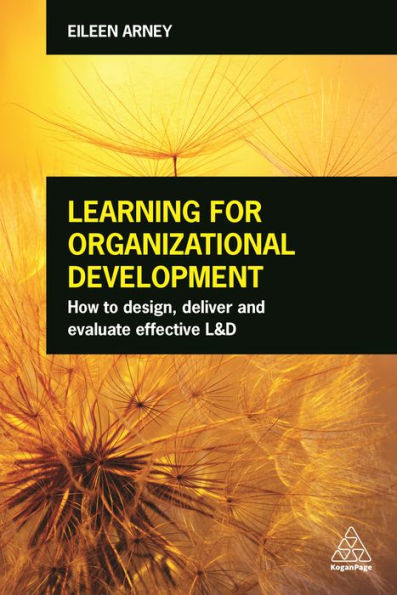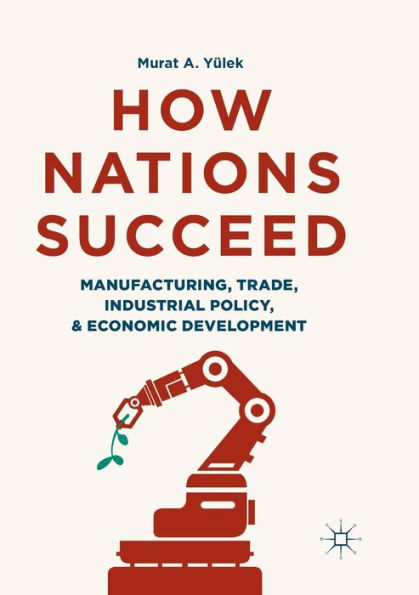Home
Industrial Development: How States Build Capabilities and Deliver Economic Prosperity
Loading Inventory...
Barnes and Noble
Industrial Development: How States Build Capabilities and Deliver Economic Prosperity
Current price: $180.00


Barnes and Noble
Industrial Development: How States Build Capabilities and Deliver Economic Prosperity
Current price: $180.00
Loading Inventory...
Size: Hardcover
*Product Information may vary - to confirm product availability, pricing, and additional information please contact Barnes and Noble
Governments are regularly judged by their ability to deliver economic prosperity, however many policies fail to deliver their desired outcomes.
Industrial Development
examines historical examples of how governments have attempted to build productive capabilities and promote industrial learning. Each chapter shows a different way in which this is done whether it is imitating existing production technologies, building new advanced technologies, tapping into existing global chains or building their own value chains.
The book looks at a wide spectrum of countries and industries from Silicon Valley to the early Asian model of building domestic industries. The book also reveals that academics and policy makers can be a major source of policy failure.
This book makes an important contribution to our understanding of capability building, industrial development and economic growth and will be an essential reading for economists, policy makers and government officials making policy in a global economy.
Industrial Development
examines historical examples of how governments have attempted to build productive capabilities and promote industrial learning. Each chapter shows a different way in which this is done whether it is imitating existing production technologies, building new advanced technologies, tapping into existing global chains or building their own value chains.
The book looks at a wide spectrum of countries and industries from Silicon Valley to the early Asian model of building domestic industries. The book also reveals that academics and policy makers can be a major source of policy failure.
This book makes an important contribution to our understanding of capability building, industrial development and economic growth and will be an essential reading for economists, policy makers and government officials making policy in a global economy.

















